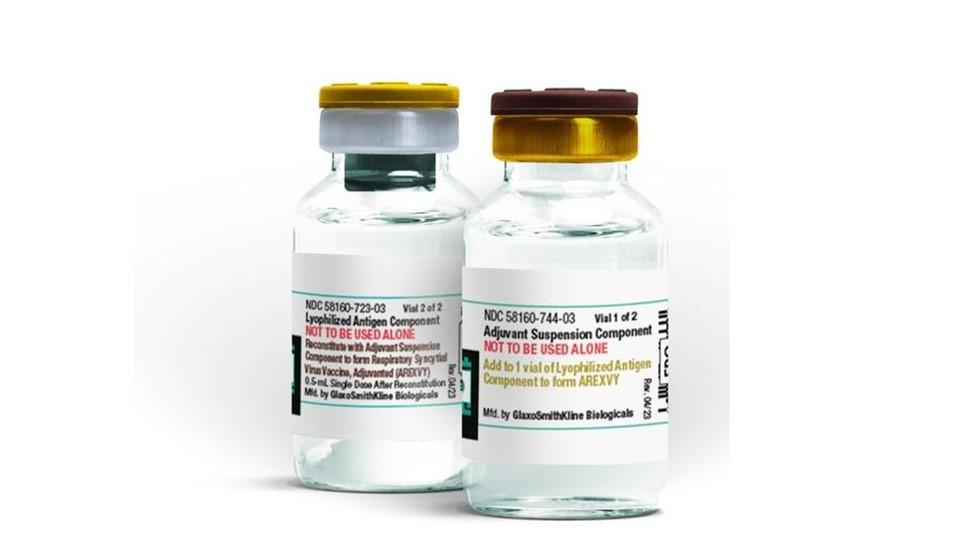Top ten tips for motivating physical activity behavior in people with diabetes

In our metabolic diseases and diabetes focus month, Mavis Dixon from Ayogo shares her top ten tips for motivating diabetes patients to stick to fitness regimes in order to boost their health.
The road to hell is paved with good intentions. That old adage comes to mind when I look at the disparity between what we think we're going to do and what we actually do. In the 2013 m.Book by Digitas, 96% of patients intend to comply with doctor's orders. But adherence to prescribed physical activity regimens (specifically cardio respiratory fitness) dips as low as 26% in studies.
Cardiorespiratory fitness may well be the toughest nut to crack when it comes to compliance, and yet it is the most important. Physical inactivity is the biggest health problem we face. Stephen Blair, writes in the British Journal of Sports Medicine that "low cardiorespiratory fitness accounts for about 16% of all deaths in both women and men in this population, and this is substantially more, with the exception of hypertension in men, than the other risk factors", including obesity, smoking, high cholesterol and diabetes.
We know that physical activity is crucial to good health. An explosion of fitness-oriented gadgets and apps – most of which lie unused shortly after purchase – testifies to the general good intentions. In my last column, I described why the Quantified Self (QS) movement is failing to reach the unhealthiest patients. While the tools are readily available the habit of inactivity is a hard one to break.
Researchers at the University of Newcastle's MoveLab have identified new information – some of it quite surprising – about what does motivate physical activity. In their publication Changing Physical Activity Behavior in Type 2 Diabetes: A systematic review and meta-analysis of behavioral intervention published last year in Diabetes Care, the researchers found seventeen randomized control trials of behavioral interventions, with a combined sample size of 1,975. The average age for study participants was 51-64. This age demographic can be quite set-in-their-ways as far as lifestyle goes.
The behavioral interventions studied had significantly increased objective and self-reported physical activity. Objective improvements deserve respectful attention because there's no "wishful thinking" involved in the reporting. By studying patients with diabetes, researchers were able to include improved HbA1Cs and reduced body mass index (BMI), as objective measures of improvement.
The top ten strongest interventions (in descending order of positive effect) were:
1) Help the patient generalize a target behavior. One can interpret this to mean moving beyond the specialized setting of a treadmill or a rehab setting to find everyday opportunities for activity, such as taking the stairs or using a standing desk.
2) Extend the intervention over time using follow-up prompts. Prompting an activity over time is an important part of establishing a new habit, or modifying an old one. It may take 21 days to form a new habit. Having one's attention drawn back to the new activity until the new habit is formed is important.
"By studying patients with diabetes, researchers were able to include improved HbA1Cs and reduced body mass index (BMI), as objective measures of improvement."
3) Focus on a goal outcome. Turning a general intention into a specific goal can be very motivating. For example, turn a general intention such as "be more physically active" into a specific goal, such "train weekly to complete my first 5K run in May" to better hold onto that commitment.
4) Tie immediate rewards to progress toward a behavior. Immediate feedback is an important element of many gamified health applications that provide a small "pay off" or virtual reward but other small, daily rewards – such as a well-timed cup of coffee – can also serve this purpose.
5) Prompt review of behavioral goals. Prompts habit formation can be linked to progress.
6) Provide context. Where and when will you able to perform the behavior?
7) Plan for social support and if need be, change social contexts.
8) Set behavior goals.
9) Remind one of one's past successes.
10) Provide information on consequences.
I was happy to see some of my favorite interventions included in the list: identifying barriers and problem-solving how to overcome them almost made the top ten lists. Using habit-forming cues was also #13 on the list. Surprisingly 'Motivational interviewing' – something I believed would have a strong effect – was found to have a weaker effect than simple instructions on how to do a behavior.
"....these interventions keep visibility of your goal and your progress toward it over time..."
What stood out was the similarity of several empowering interventions: goal setting, reviewing goals, rewarding them and celebrating your accomplishments. In related ways, these interventions keep visibility of your goal and your progress toward it over time, increasing your chance of staying true to your intention.
While the chasm between intentions and action may still be wide, with this information, those who are interested in engaging their hardest-to-reach patients in physical activity may find some guidance on how to narrow the gap.
About the author:
Mavis Dixon is the Manager of Engagement and Projects at Ayogo Health. Named "Canada's Hottest Digital Media Company", Ayogo applies the psychology of games and play to the challenge of adherence, with a focus on chronic health challenges. Mavis loves the process of discovering how to benefit patients' health by delivering engaging applications that also deliver value to pharma partners. Her thinking has shaped The Ayogo Model of patient engagement. For more information contact mavis@ayogo.com or visit ayogo.com or join the linked in group, Patient Engagement: http://lnkd.in/j56UnM
How can pharma help improve patient adherence to fitness regimes?











